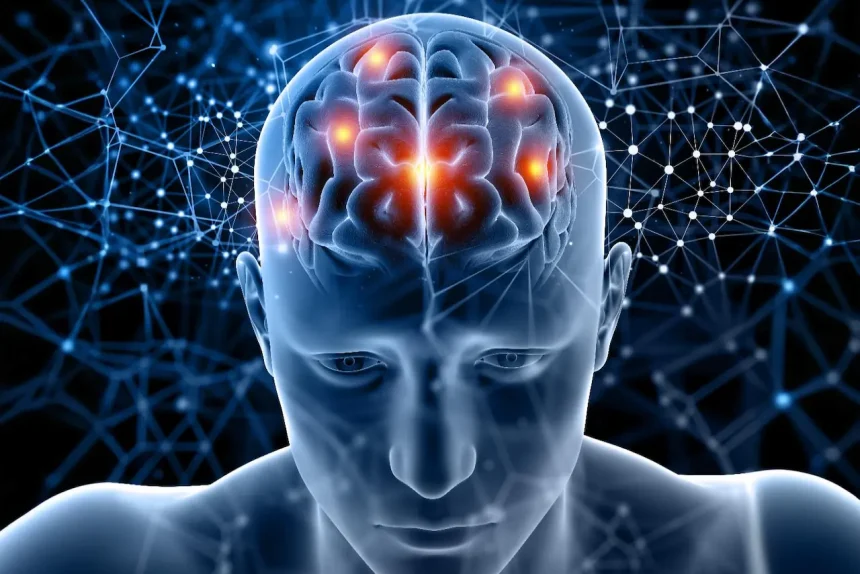The Rancho Los Amigos Scale (RLAS), commonly known as The Rancho Scale, is widely used to rate and track the cognitive recovery of individuals following a brain injury. Developed at the Rancho Los Amigos National Rehabilitation Center, this 10-level scale provides invaluable insights into patient behavior and progress during recovery.
What Is the Rancho Los Amigos Scale?
The Rancho Los Amigos Scale helps healthcare professionals understand a patient’s cognitive and functional abilities as they recover from a brain injury. This scale guides treatment strategies and provides a framework for monitoring progress.
The 10 Levels of the Rancho Los Amigos Scale
Here’s an overview of the 10 levels and what they represent:
| Level | Description | Key Characteristics |
| I | No Response | No observable response to external stimuli. |
| II | Generalized Response | Inconsistent and non-purposeful response to stimuli. |
| III | Localized Response | Specific but inconsistent responses to stimuli. |
| IV | Confused/Agitated | Heightened confusion with inappropriate behavior. |
| V | Confused, Inappropriate | Simple command response with difficulty focusing. |
| VI | Confused, Appropriate | Goal-directed behavior but needs external prompts. |
| VII | Automatic, Appropriate | Performs daily routines but struggles with adaptability. |
| VIII | Purposeful, Appropriate | Independent and aware, but some challenges in new tasks. |
| IX | Purposeful, Appropriate | Handles tasks independently with occasional assistance. |
| X | Purposeful, Appropriate | Fully independent, with strategies for complex tasks. |
How to Remember the Rancho Los Amigos Scale
Struggling to memorize the scale? Here are some creative strategies that will help you:
1. Stages of Child Development
Associate each level of the RLAS with the stages of human development, for example:
- Level I: Embryo (no response to stimuli).
- Level IV: Terrible 2’s/Toddler (confused and agitated).
- Level VIII: Teenager (purposeful and appropriate).
2. Group Levels by Assistance Needed
- Levels I-III: Total Assistance.
- Level VI: Moderate Assistance.
- Level VIII: Stand By Assistance
Want more creative study tips? Explore our resources designed to help you ace your NBCOT® exam.
Why the Rancho Los Amigos Scale Matters for Occupational Therapy
The scale not only provides insights into a patient’s recovery journey but also empowers occupational therapists to:
- Tailor interventions to specific recovery stages.
- Monitor and document patient progress effectively.
- Enhance patient and family education about the recovery process.
Ready to Excel in Your Occupational Therapy Career?
Understanding tools like the Rancho Los Amigos Scale is essential for becoming a successful OT Practitioner. Whether you’re preparing for the NBCOT® exam or enhancing your clinical skills, Pass the OT offers the resources you need to succeed.
Sign Up Today!
Start your free trial and explore our study materials, expert tips, and interactive tools designed for OT and OTA students.
What is the Rancho Los Amigos Scale (RLAS) used for?
The Rancho Los Amigos Scale (RLAS) is used to assess and track the cognitive and functional recovery of patients following a brain injury. It’s a critical tool for healthcare professionals, particularly occupational therapists, to design effective treatment plans and monitor patient progress.
How do occupational therapists use the Rancho Los Amigos Scale?
OTs use the scale to assess patients’ current level of functioning, design interventions, measure progress, and provide appropriate support for each recovery stage.
What treatment does an OTP (Occupational Therapy Practitioners) provide at the different RLAS?
Here is an example: At Level 1 (No Response), the OTP would typically provide sensory stimulation and use passive range of motion, splinting and positioning to manage contractures and prevent pressure ulcers from developing.
How many levels are there in the Rancho Los Amigos Scale?
To memorize the RLAS levels, think of stages in child development, associating each level with milestones like an embryo for no response (Level I) and a teenager for purposeful actions (Level VIII). Group levels by assistance required, such as total assistance for Levels I-III and stand by assistance for Level VIII.
How can the Rancho Los Amigos Scale aid in occupational therapy?
Understanding the Rancho Los Amigos Scale is crucial for the NBCOT® exam as it equips you with the knowledge to assess cognitive recovery accurately, tailor interventions, and benchmark progress, ensuring better patient outcomes and aligning with OT role expectations.



